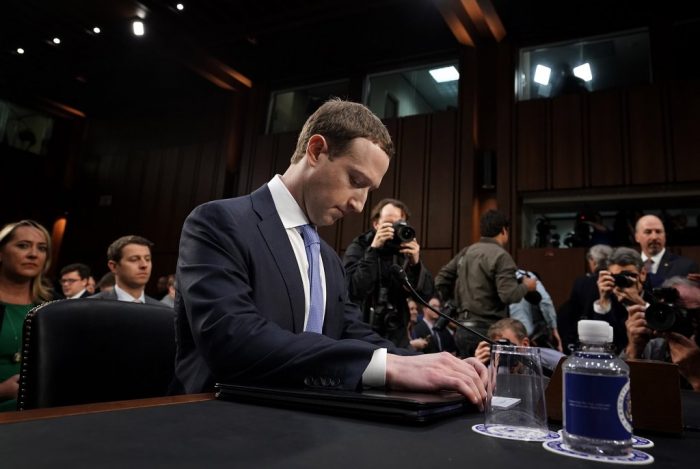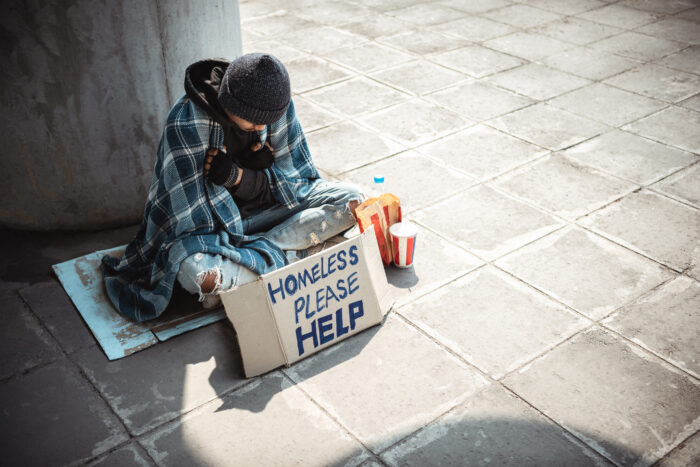Commentary: A roadmap for Montgomery County schools to address antisemitism

By Adam Zimmerman
The writer teaches a 7th grade course on Holocaust and Jewish identity in America at Temple Beth Ami in Rockville.
Chaperoning my 7th grade Hebrew school class on a recent trip to the United States Holocaust Memorial Museum in Washington, D.C., a featured quote from renowned survivor Elie Wiesel stood out:
“The Museum is not an answer. It is a question.”
As Montgomery County Public Schools (MCPS) continues to grapple with an explosion of antisemitic attacks against our children — one that mirrors a deeply troubling increase nationwide — Wiesel’s words resonate as much today as they did when he declared them at the Museum’s dedication 30 years ago. Nobody has the answer to combating antisemitism; if that answer existed, antisemitism would not fester across generations. But that doesn’t mean progress is impossible; we can and should do much better than we are now. To mitigate the damage antisemitism adherents inflict while’ making meaningful inroads toward prevention, MCPS must start by asking the right questions.
How widespread is the problem? To its credit, MCPS has strongly condemned antisemitic attacks on our schools. But based on conversations with my students, many more incidents don’t make headlines. How many students and staff encounter antisemitism? Which schools/areas are hit hardest? Is ignorance the main cause? Significant percentages of young people today lack even a basic understanding of the Holocaust, while the percentage of Americans who believe at least one antisemitic trope has never been higher. Or is it being driven more by outright hatred? It is, after all, hard to ascribe any other motive to ‘Jews not welcome’ being scrawled on a school sign. An audit similar to one MCPS conducted last year on racism — which featured input from more than 130,000 community members — could shed much-needed light on how deep this runs, where it comes from, and ways to target resources.
How can we care for students who have been affected? It is easy enough to wipe graffiti off a wall or erase a swastika from a desk. But the social and emotional wounds from being on the receiving end of antisemitic attacks can take far longer to heal. Antisemitism, like a virus, gets stronger when it spreads. Like other forms of discrimination, antisemitism can lead to both mental health (anxiety, depression, stress) and physical health (high blood pressure, lower immunity, lack of sleep) consequences. Are the full array of school-based behavioral and mental health services available to all students directly and indirectly impacted by antisemitism? Are school psychologists and counselors trained in addressing antisemitism specifically? Do all affected students receive additional time to complete any missed assignments without penalty? Fighting back against a virus means incorporating not just security and educational elements into our response, but public health elements as well.
How do we teach antisemitism in our schools? Having taught the Holocaust to middle schoolers for six years — and as a grandson of Holocaust survivors — I believe MCPS’ current approach to teaching the roots, causes, and consequences of antisemitism leaves room for improvement. It is typically lumped together with broader discussions and lessons about racism even though the Jewish people comprise a religion, not a race. When the focus does turn to antisemitism’s unique properties, the curriculum is off-base. To take one example: 11th graders learn about the rise in antisemitism in the 1930s that precipitated the Holocaust, two years after 9th graders learn about World War II and Nazi Germany.
Again to their credit, MCPS leaders are partnering with the Anti-Defamation League and other Jewish organizations to develop a smarter and more comprehensive approach. With middle schools experiencing attacks, would it be wise for the curriculum to incorporate the Jewish perspective on antisemitism beginning in 6th grade? Should the speaking engagements some schools are now setting up with Holocaust survivors and/or their descendants happen every year, or even multiple times per year? Via the Cornerstone Initiative, every 10th-grade student in the District of Columbia Public Schools tours the Holocaust Museum, meets with Holocaust survivors, and can apply to participate in a leadership program to take additional classes and even give tours of the Museum; should MCPS pursue a similar arrangement for its students?
If MCPS acted on every idea and recommendation included here, antisemitism would still be with us. Total eradication, sadly, is impossible. But with the right tools, commitments, partnerships, and investments — and by asking the right questions — it is very much within our power to create a school system that, in MCPS’ words, is “no place for hate.” We’re not there yet. But as Jewish people have been doing for thousands of years, we must keep up the fight.




 Creative Commons Attribution
Creative Commons Attribution